Most people would be pretty pleased with themselves if they managed to finish one animated short every few years. Not John Morena! This talented New York City-based indie animator set up an unbelievable goal for himself in 2017: He decided to make one animated short per week for an entire year — that’s 52 in total — and called his project Area 52! Over the past two years, 25 of these 52 shorts managed to land in prestigious festivals around the world: six official selections at Annecy 2018, 10 at Anima Mundi in 2018, three at Hiroshima Intl. Animation Festival 2019, five at Ottawa 2018 and three at Animafest Zagreb in 2019. Last week, 25 of these shorts were re-released online via Autour de Minuit. We just had to track him down and find out more about this landmark achievement, his methods and other amazing things that swim around his brain!
Animation Magazine: First of all, congratulations on your fantastic, mind-blowing achievement. Maybe you can tell us what possessed you to set such a wild goal for yourself?
John Morena: I wanted to make animated films for a very long time, but I never made any of my own. I was always working on someone else’s stuff and they were almost always live-action films. One day I turned around, I was pushing 40, and I didn’t have a body of work to call my own. Life was just speeding by. So, simply out of fear and frustration I decided to do something about it and I had a lot of catching up to do.
Area 52 was an idea I had for a while before I actually did it. Originally, it wasn’t supposed to entail making finished films. It was just supposed to be weekly experiments that I could use simply as a testing ground to discover new and unique animation and VFX techniques, either analog or digital or a mixture of the two. My thought was that it could be used as a creative outlet while also informing my commissioned work. It’s of no fault of the clients, but most times they need to see that an unsafe idea can work well before buying into it. It all seemed like a win/win at the time.
That iteration of Area 52 never happened. When the idea surfaced again back in 2016, the thought of doing all of that work just to come up with a couple of cool tricks for a television commercial seemed a lot like hell. So, I decided to pair my want for making films with this Area 52 idea, and I was off and running. The ultimate benefit was that I was regularly making films and had an extensive body of work at the end. Even if they sucked, I didn’t care. I didn’t want to look back at my career and regret not having done anything about it.
You have mentioned that you wanted to make films about humanity without actually showing any humans. Can you elaborate on that a bit?
Well, firstly, limitations are of utmost importance to making good work. Secondly, for me, it’s much more interesting to search for metaphors. I think a lot of what we see on TV and in movies is nauseatingly literal. How much more content can we see that is mainly made up of pictures of people talking to each other? Even in animation this is the case. Cut to, a character says something. Cut to, another character retorts. Cut to, the two of them in conversation. Over and over we see this, and it just gets really boring. It sucks the life and magic out of cinema.
Additionally, I think in order to make an idea relatable to people from all backgrounds and experiences, it must be abstracted and simplified. That’s why I also tried to limit, or even exclude, dialogue and recognizable language as much as I possibly could. Boiling these ideas down to their primal roots and serving it to people in a tongue-in-cheek manner seems to have the most effective reach.
Do you have any favorites and why?
Naming a favorite of your own work is sort of like picking your favorite child, but there are a handful I still enjoy watching. Of the Area 52 “A-Sides”, I still like Face Value, Best Laid Plans and Journey to the Center of the Earth. It’s all a matter of taste, though. Most people like String of Sound the best. One of my personal favorites was not included in the “A-Sides”. It’s a “B-Side” titled Distress Call of a Lost Cosmonaut While She Floats Helplessly into the Void.
What was your biggest challenge? How did you motivate yourself?
By the end of November in 2017, I had completed 37 films. Which meant I had to finish 15 films in the final month to reach 52 in a year. It basically boiled down to completing a new film every other day and, with holidays to contend with, it started to look insurmountable. But I motivated myself through this period the same way I did through the making of all of the other films. I made a promise to myself that I absolutely had to keep, no matter what, and I stayed dedicated to finishing. With that sort of laser focus comes a lot of lonely times and some very discouraging times. There are lots of things that you have to sacrifice in all realms of your life in order to achieve something difficult, and it’s never comfortable. For instance, I spent Christmas Eve with my family but I spent Christmas Day alone, making a film. I don’t regret it now, but it’s not something I’d want to give up again.
When did you decide to become an animation director and why?
It happened by accident. I was going to school for illustration at the University of Connecticut and I suddenly had an epiphany that I wanted to make films. But I still wanted to draw, so animation just made the most sense. So, I pursued it, applied to SVA, didn’t get in the first time, switched schools to get my grades up, applied again and I got in. Since then I just stuck with it.
How did you teach yourself how to animate?
Well I did three-and-a-half years of traditional animation at the School of Visual Arts learning with pencil, paper, big bulky lightboxes, shooting on film and the Video LunchBox. It was all pretty archaic, but it was a great foundation. Right when I got out of school, digital technology started to really emerge, but it went through a long, weird puberty period. Software and gadgets came and went all the time so you couldn’t really get a full grasp of anything before something new replaced it. I guess like most animators during the early 2000s, I had to learn a lot of the newer technology on my own because they weren’t teaching it in school. I think SVA had only one After Effects class at the time. I learned After Effects on my own by experimenting, making tons of mistakes and losing a lot of sleep. Students have it much easier now. Software and hardware are so much faster, more robust and easier to learn in comparison to back then. I laugh when students complain.
What tools do you use to animate?
Anything I can get my hands on, really. I like to use inexpensive, everyday items that you can find at any store in your own neighborhood: string, eggs, sandpaper, kid’s paint, regular printer paper, ballpoint pens, crayons, sticky notes, antacid tablets, loose change — you name it. I have a cheap camera that I use to shoot stuff and also shoot with my phone. But all of it, inevitably, ends up in After Effects. It’s the only animation software I’ve really mastered at this point and I use it every day. I occasionally even do sound design in After Effects (which is stupid, kids. Don’t do it.) Other than that, I use some other usual suspects: Photoshop, Illustrator, Premiere. I like to keep it simple.
The animated film or TV show that changed your life?
Looney Tunes and Who Framed Roger Rabbit had a big impact on me as a kid. But it wasn’t until I saw Bill Plympton’s 25 Ways to Quit Smoking on MTV (in a pizzeria, of all places) and Ralph Bakshi’s Fritz the Cat that I realized animation isn’t just for after school and Saturday mornings. Those two films were my first introduction to adult animation and I actively began to seek out more of it because of them. That led me to discover people like Norman McLaren, Suzan Pitt and Jan Svankmajer, and I wanted to be like them when I grew up.
What do you think of the animation scene in 2019?
I don’t watch much industrial-strength animation so I really can’t say too much on that. I loved Spider-Man: Into the Spider-Verse though! There is a lot of other really great commercial animation work out there, including Adult Swim stuff and primetime TV stuff. But if you look at all of the animation that gets produced in the United States, you would see that a vast majority of it – probably even all of it – would have never been green-lit in the first place if it didn’t have the potential to sell lots of, and all kinds of, merchandise. It’s a big part of the reason why they keep re-doing, refurbishing and rehashing previously successful material from 30 years ago, because they know it’s an easy sell and will maximize their bottom line.
Because of this mentality, I think the United States is really far behind the rest of the world in educating the public that other kinds of animation exist. You go to other countries and you realize they have a rich history and tradition of making animation as a serious art and they’re proud of it. It’s not always made as some product that can be parlayed into toys, dolls, games, clothes, oven mitts, aprons, bed sheets, pajamas, baby diapers, bibs, shot glasses, coffee mugs, birthday party napkins… I mean, the list goes on and on. Of course, there are rogue animation filmmakers in the U.S. that are making really great work, but the general public is rarely, if ever, presented with it. It’s pretty sad.
As for the independent scene, there’s a lot of great underground work coming from all corners of the world. A lot of young filmmakers too, which is really nice to see. I’ve also noticed a good amount of diverse voices, which is very refreshing, but there’s still a lot of work to be done as far as that goes. I’d love to see more women, more people of color, more LGBTQ folks and more indigenous peoples in the front, telling their stories. That’s not just some liberal shtick. Acceptance and empathy, or lack thereof, has always been a looming human issue, but nowadays it’s been put under a white-hot spotlight. I think it’s really important in the world we’re living in today to have honest, tough conversations with each other and within ourselves. One of the best ways to do that is through the cinema, because it has the ability to reach people in a way that other art forms just can’t. Animation is so malleable that you can get across a complex set of ideas in a way that people can relate to and empathize with. I think this is what I ultimately strive for with my own work. If a person can reflect on their own worldview after seeing one of my films, even just for a minute, then the film did its job.
Who are your animation heroes?
Norman McLaren. Suzan Pitt. Lotte Reiniger. Chuck Jones. Jan Svankmajer. I have a great respect for Mary Blair’s work as well.
What kind of advice can you give budding animation filmmakers?
There’s this thing they teach in film school. I don’t care what school you went to or where on the planet you went to school, they all teach some iteration of this. It’s this business of “keeping the audience in mind” while you’re making the film. So, you go through the learning process of filmmaking with this notion that you are, now and forever, making films to please someone else. I mean, I guess that’s fine. But what they don’t tell you is that you have exactly zero control over how an audience is going to feel about your work. You also have no control over the circumstances under which they will view the work, which unfortunately has a big impact on how they end up feeling about it.
So, my advice is, focus on the things you can control. And what you can control — what you know with a guaranteed 100% certainty — is that you, as the filmmaker, are going to see the film that you make. Therefore, you have to like it. You have to please yourself first. And once your film is done, and to your liking, and now you share it, you have to remember that it’s just sort of… there. It’s there for the people that like it. Not for the people that don’t. And as long as you keep the faith that you’re designing work for the people that want to see the kind of thing that you do, and you don’t wish to inflict it upon the people that aren’t into it, then you’re going to be OK.
Check out the Area 52 “A-Sides” playlist on YouTube.
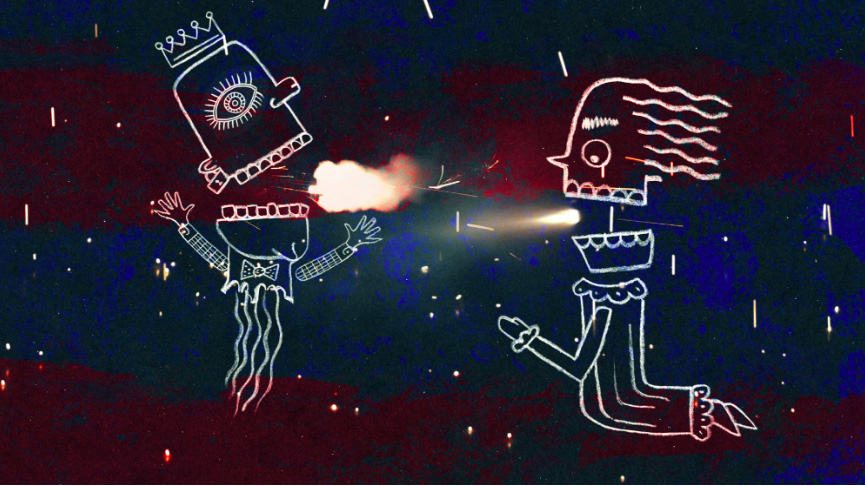
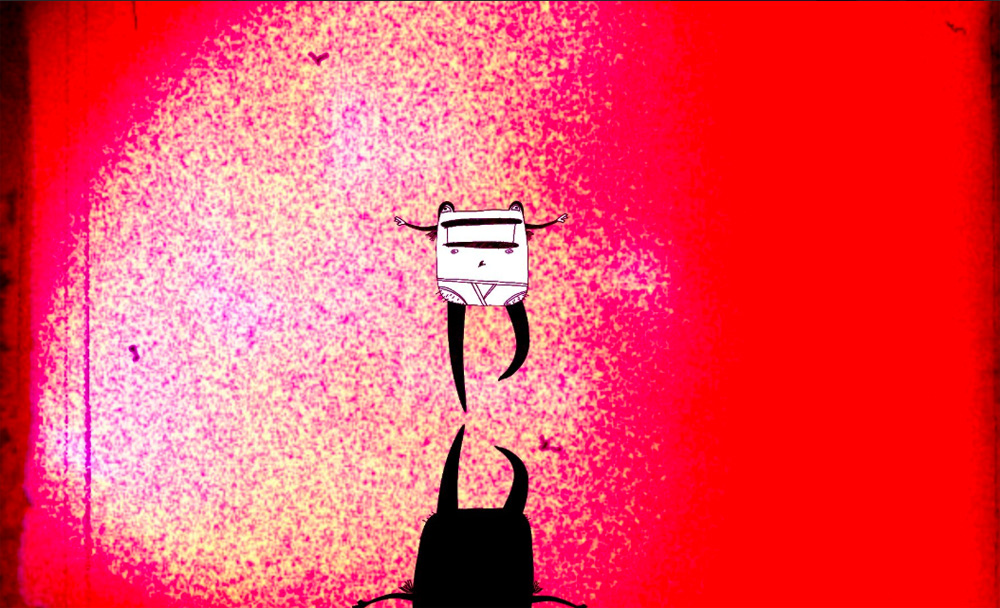
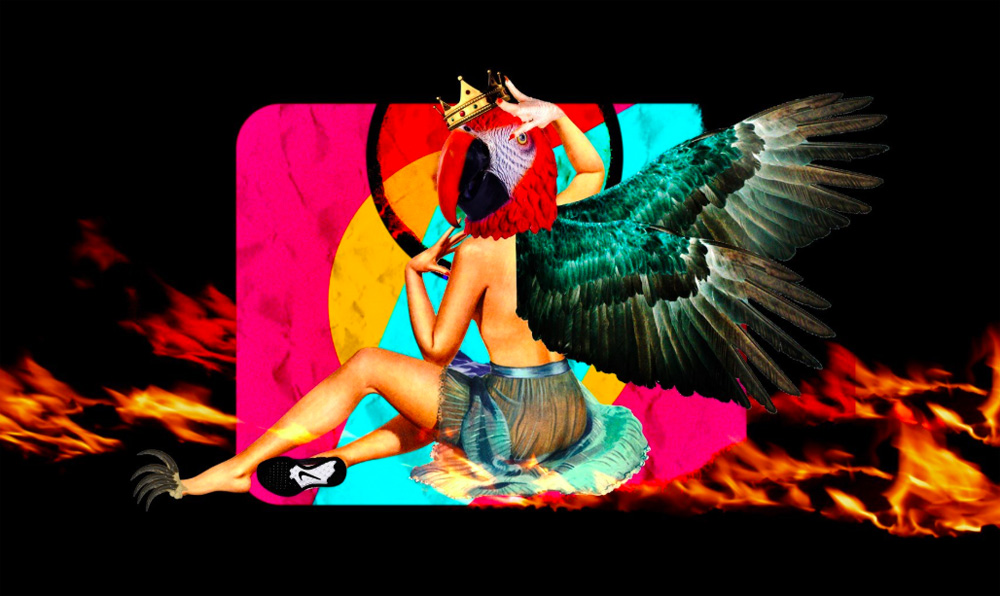
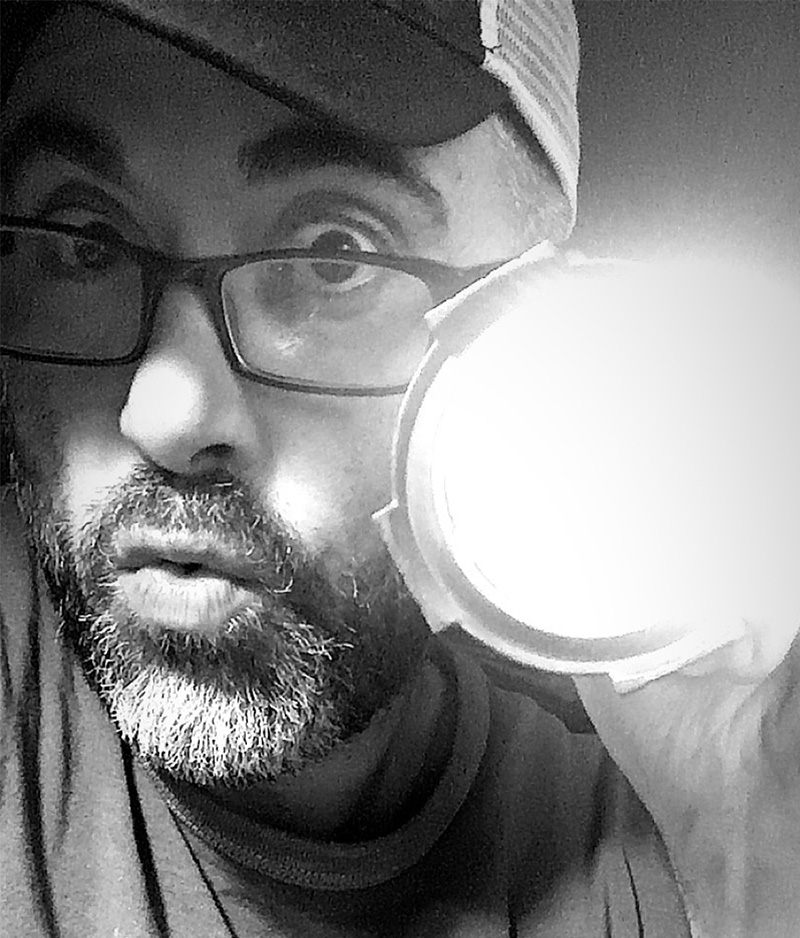


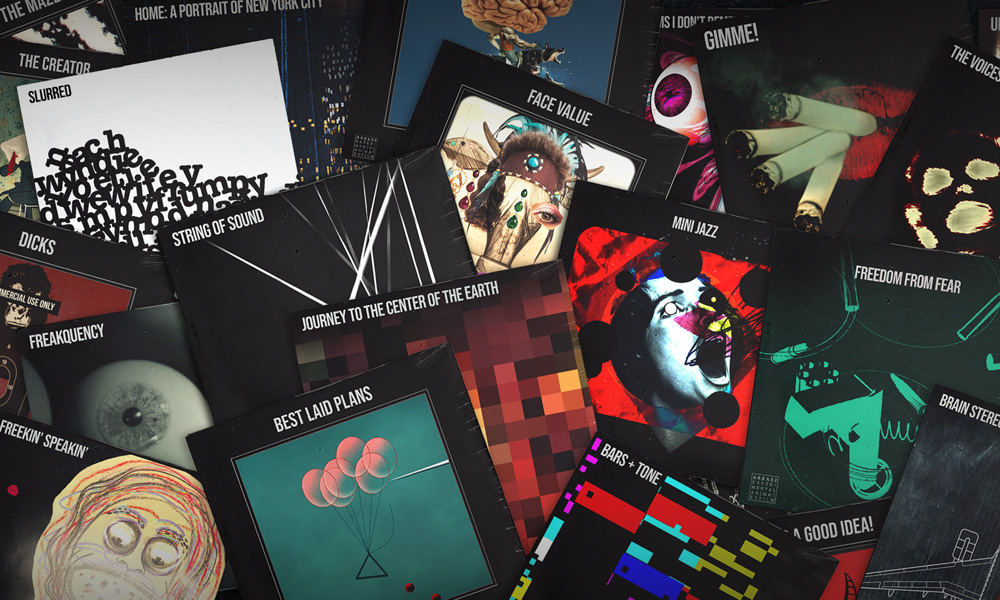

 Win a Funko X Lilo & Stitch Prize Pack!
Win a Funko X Lilo & Stitch Prize Pack! 
